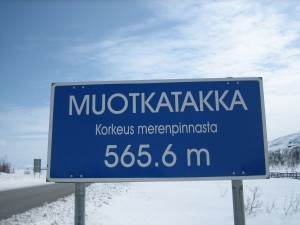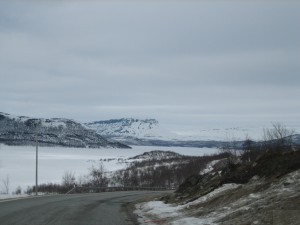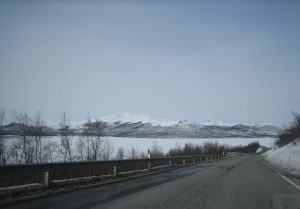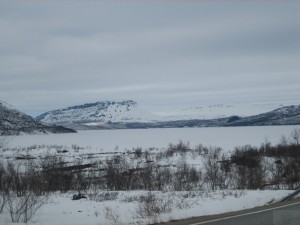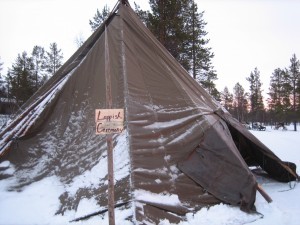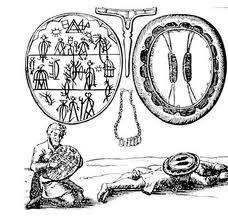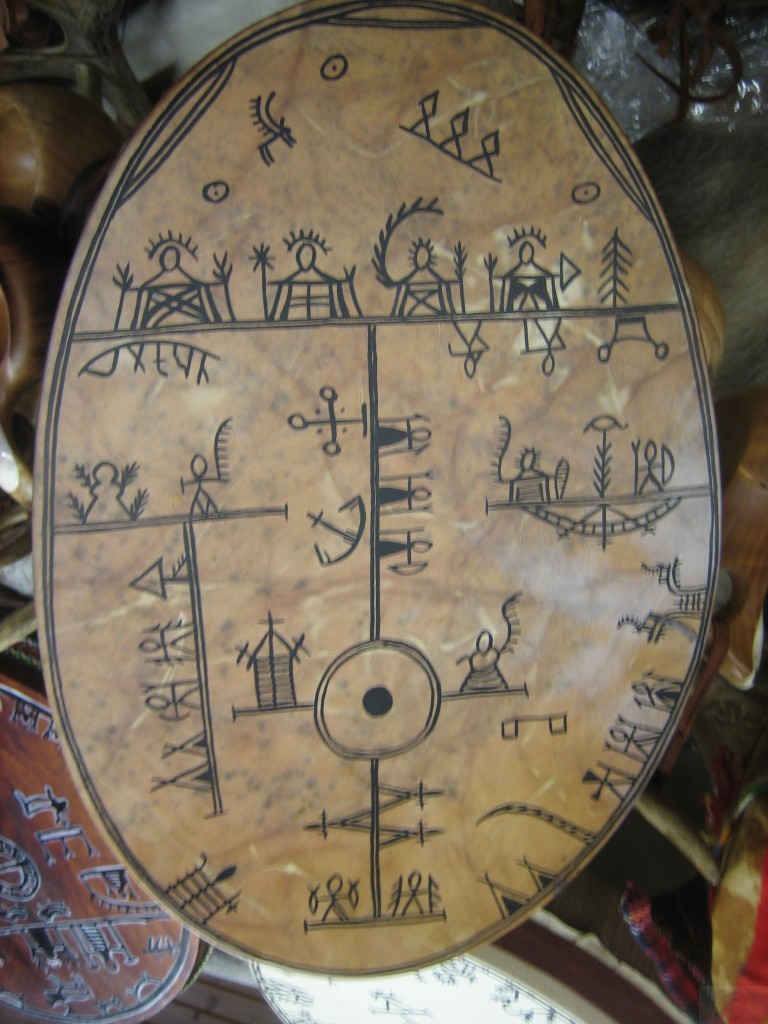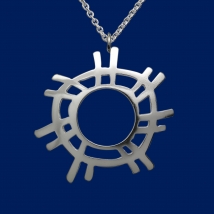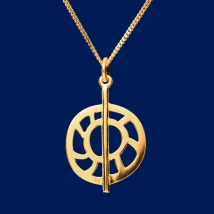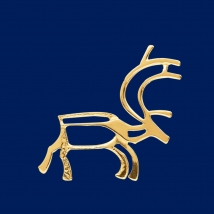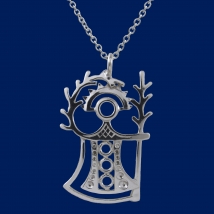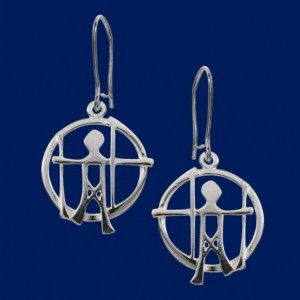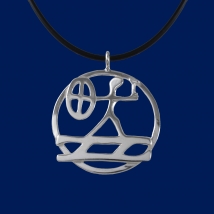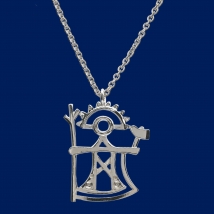First a little background information. It is not easy to understand the different movements and how the enemies changed during an era of a few years. I am not trying to make an over all description of the war’s consequences here, but only to explain the efforts the local people of Lapland had to take caused by the steps taken during the Lapland War in 1944-1945.
World War II, also known as the Second World War, was a global war that lasted from 1939 to 1945. It involved the majority of the world’s nations—including all of the great powers. It was the most widespread war in history, and directly involved more than 100 million people from over 30 countries.
During World War II, Finland fought the Soviet Union twice: in the Winter War of 1939–1940 after the Soviet Union had attacked Finland; and in the Continuation War of 1941–1944, following Operation Barbarossa, in which Germany had invaded the Soviet Union. After fighting a major Soviet offensive in June/July 1944 to a standstill, Finland reached an armistice with the Soviet Union. This was followed by the Lapland War of 1944–1945, when Finland fought against the retreating German forces in northern Finland.
German operations in Finland expanded further upon the outbreak of the Continuation War, to the extent that there were already as many as 64 command stations in Rovaniemi in January 1942, employing over 3,000 people, mainly Germans. It is estimated that some 6,000 German soldiers were stationed in the town at that time, plus the Austrians, Dutch, Estonians and Swedes, who were working for them. That was a big amount of foreigners considering that the town officially had 8,200 Finnish inhabitants, many of whom were at the front. Almost every village in the rural district had German depots and other types of German military activity. There were at least 200,000 German soldiers in Lapland during a time of four years, from 1940-1944.
The presence of the Germans in Rovaniemi had a considerable impact on the local economy, reflected in the form of a continuous shortage of labour, a doubling in wage levels compared with other parts of Finland. There were a continued rationing and a lack of accommodations, which similarly caused rents to double. The Germans for their part, sold liquor to the local people, which is one reason why Rovaniemi at that time had the worse crime statistics i Finland. The drinking caused drunkenness as well as thefts and other crimes among the inhabitants.

Although the behavior and customs of the Germans departed from what the local people had been accustomed to, daily interaction established close personal relations not only between the military and civil leaders, but also at other levels. The population was in general well disposed towards these alien troops and the local people even came to like the Germans. Many of the local people would have learnt at least the rudiments of German language, and some far more. Although most of the local women were unenthusiastic about the Germans, and the German military leaders specifically forbade marriage with the Finns, some Finno-German offspring (=illegitimate child) were born. Women, who gave birth to a Finno-German child had unfortunately no good reputation and many of them chose to leave Finland together with the German soldiers and go to Germany. They dreamed of a family and a better life there, but it happened they returned disappointed after some years. The Finnish government questioned these women as if they had been German spies during the war, before they could return to their homestead. It happened some women even found out their German soldier already was married in Germany and had a family, and so they saw no possibility to stay without a job and someone to support them and had to return home to Finland.

When the Germans took over responsibility for the northern front, the local men were transferred to the main Finnish forces of the Karelian Isthmus and other fronts, where a total of 377 of them eventually died in action.
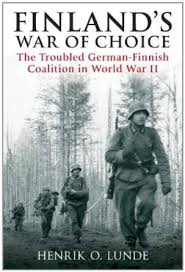
When Finland signed an armistice with the Soviet Union, problems were immediately expected with regard to the withdrawal of the German troops from the country. With this in mind, orders were given on 7.9.1944 for the whole of Lapland to be evacuated. Transports from Rovaniemi began on 16.9. and were completed in 22.9; in a week’s time (!). Since people from the rest of Lapland were also passing southwards through Rovaniemi and the Germans were moving northwards at the same time, all roads and railway lines were unbelievably congested. In the course of one week a total of 20,000 people moved from Rovaniemi to northern Sweden and 4,500 south to Ostrobotnia in Finland. They usually took their horses and cows with them, but slaughtered most of the sheep and pigs before leaving. Only a few men remained encamped in the woods to see how things would turn out. Some men were taken as prisoners of the Germans when found.
One man, who stayed in Rovaniemi during the evacuation, was Johan Moilanen. He had worked at a saw mill in Rovaniemi before the war. He had earned enough money to buy a little wooden house in Rovaniemi, on Vartiokatu, and the family had moved there. then he worked on the newly built Children´s Home as a caretaker. He managed to stay in Rovaniemi during the destruction, even though everyone thought he was evacuated, and he survived and had also in a strange way managed to negotiate with the German Army leaders that they should not burn down the house of Johan Moilanen and the Children´s Home on Ounasvaara. And so these houses were preserved from the Germans´ demolish.
As the evacuation began in September 1944, people tried to take all their most valuable possessions with them, as no one knew, whether they would ever be able to return. The official restrictions were to take as little as possible, but people still carried enormous numbers of packages to the railway station. The last evacuation train left Rovaniemi on September 23rd 1944. Surprisingly lot of the packages found their way back to Rovaniemi also after the evacuation.

The largest armed engagement between the Germans and the Finns in the Rovaniemi area was at Taipaleenkylä on October 12-14th, when the Finns failed in their attempt to intercept the rear of the German forces and 60 Finns were killed in the operation. During the Lapland War as a whole 1,300 men were killed. Over 90 % of the buildings in the villages Rovaniemi, Savukoski, Inari and Enontekiö were destroyed.
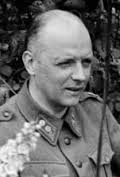
The German began to destroy the town to the ground on October 10th, first demolishing the manor house of Konttinen and finally burning down the church on October 16th. The Germans usually left the churches untouched when ravaging the villages of Lapland, but in Rovaniemi the last thing they did before they left was to set fire to the church. They also destroyed the churches of Kemijärvi, Enontekiö and Turtola. A regiment led by Lieutenant Colonel Wolf H. Halsti tried to intercept the Germans north of Korkalovaara on October 16th, but was too late.
Within a couple of days they had also left the area of Rovaniemi, at which point the first demobilized Finns from the front began to drift back to the ruins of their home villages. The people who returned immediately after the war had to live for some time in cellars and temporary huts and temporary buildings.
Rovaniemi had been an idyllic village with wooden houses still in autumn 1939. Five years later there were only ashes and ruins left of the buildings.
The Germans destroyed 548 houses, 96 private commercial buildings and nine public buildings in Rovaniemi. Slightly over a hundred buildings in Rovaniemi were not totally destructed, although many of them were damaged. Almost all schools in the rural district were also destroyed. The outbuildings were also destroyed, as were most of the roads and bridges. Most of the villages on the lower reaches of the River Kemijoki below the borough survived. In Lapland as many as 14,779 buildings were destroyed.
The first civilians returned in spring 1945, the granting of return permits having been delayed until the area had been cleared of land mines and other explosives. The borough of Rovaniemi was declared safe by the end of June and the rural district by the end of July, although explosives were still found in some places in the following years, and are still found now and then during constructing works.
About 200 civilians and 54 men working with mine eliminations in Lapland were killed by mines after the war. All the local people had arrived back by the end of September, apart from 279 who had died in the course of the strenuous journey into exile.
The sight which the returning inhabitants saw as they came to Rovaniemi was only ruins and ashes. Of the houses there were only the chimneys left. Rovaniemi was for some time called “The Chimney Cape”.

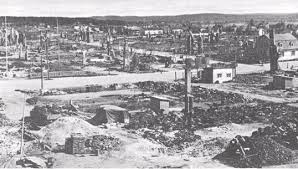
It was decided in March 1945 that the town plan should be completely renewed, a task that was assigned to the celebrated architect Alvar Aalto.
Among the first new buildings were locals for the provincial administration, dwelling houses and a number of schools. The new church, built partly with help from Lutherans in America, was inaugurated on 20.8.1950, but the Ounaskoski and Suutarinkorva bridges, which were important for traffic passing through Rovaniemi, were only completed in 1951. As all the bridges over the Kemijoki River had been destroyed, a temporary trestle bridge was built over the rapids of Ounaskoski at the point where the Lumberjack’s Candle bridge stands today. Even the trains ran on tracks laid on the frozen River Ounasjoki for two winters. On October 13th 1944 a train full of ammunition exploded on the railway station of Rovaniemi and the fire spread to big parts of the city.
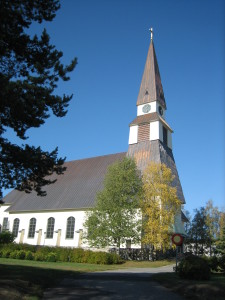
You can learn more about the Lapland War and the Germans in Rovaniemi if you visit the Arktikum, the Provincial Museum of Lapland in Rovaniemi and the exhibition about the Lapland War. There will also be a temporary exhibition about the Germans´ presence in Lapland from 1940 until the Lapland War started. ”WIR WAREN FREUNDE – WE WERE FRIENDS” – The Encounters of Germans and Finns in Lapland during 1940-1944 –exhibition opens on the 27th of April 2015, 70 years since the Lapland War ended. The exhibition lasts until January 10th, 2016. With this exhibition Rovaniemi tries to exploit the sad memories of the Lapland War to attract more visitors to the city. Especially Germans are expected to be interested.
Finland and Lapland received gifts of clothing and food from the United States. Some American Quakers lived in Rovaniemi from Christmas 1945 onwards to make sure that the help reached its right destination. In addition, the Evangelical-Lutheran parishes in the United States assisted in the building of a new church to replace the one burnt down by the Germans.
Eleanor Roosevelt, wife of the President of the United States, visited Lapland on June 11th 1950 to witness the reconstruction work in person. In honor of the occasion, the governor Uuno Hannula and the mayor Lauri Kaijalainen, assisted by Jarl Sundqvist, forest manager of the Forest Company Kemi, had a log cabin built at the place where the Arctic Road crossed the Arctic Circle. This can be regarded as having laid the foundation for post-war tourism in Rovaniemi.
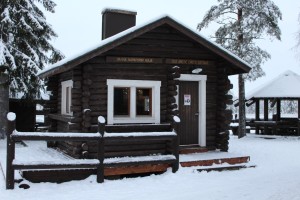
The cabin provided for Eleanor Roosevelt soon became too small to cope with the number of visitors, and the Borough Council started to build a new Arctic Circle cottage. In 1984 this was again extended further to create a whole Santa Claus Village with shops and cafés and a post office. The Santa’s Official Post Office frank letters and cards with the Arctic Circle motif and you can visit Santa Claus himself every day of the year today.



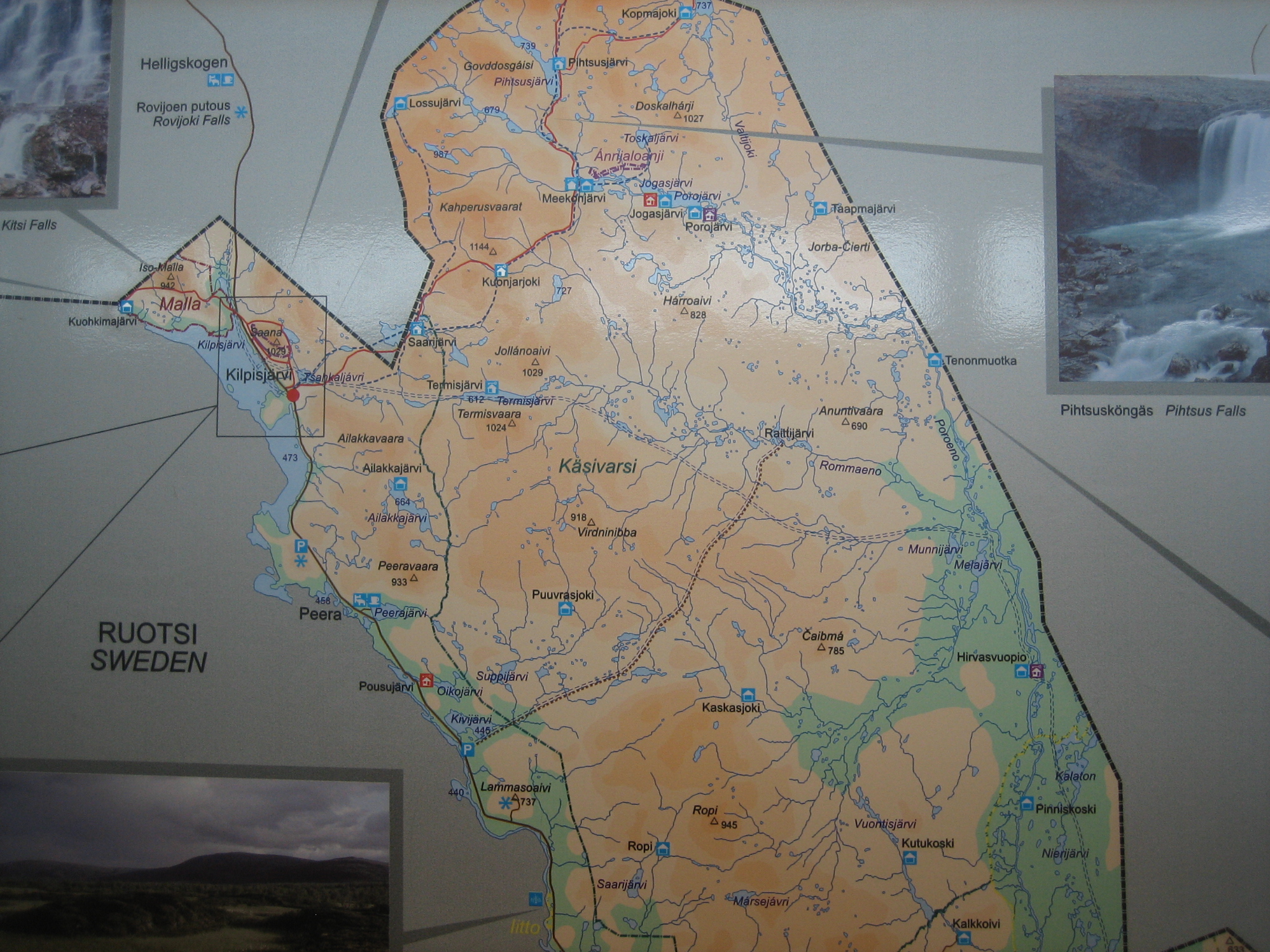
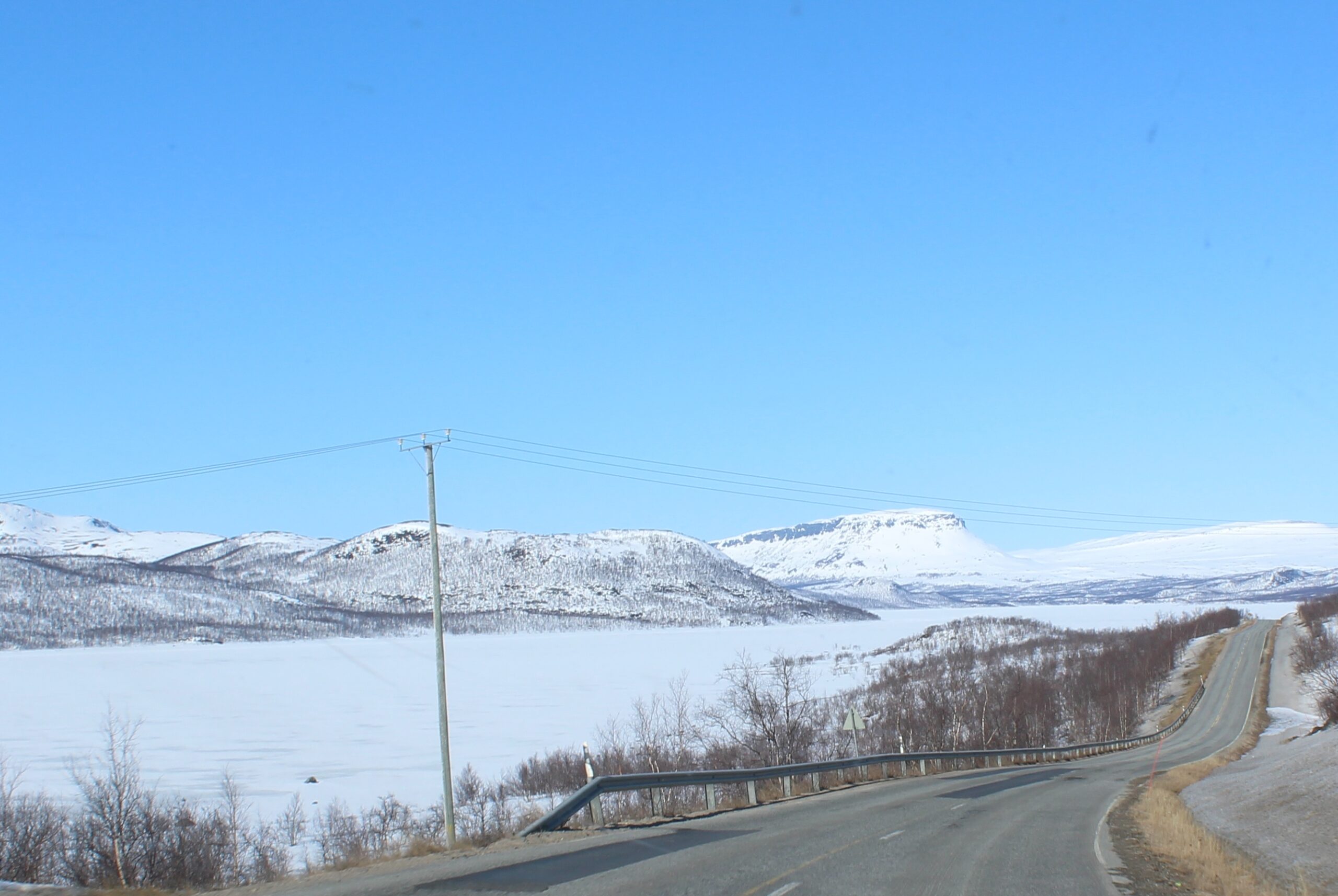
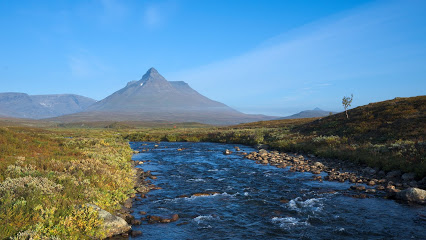 (picture from Wikipedia)
(picture from Wikipedia)

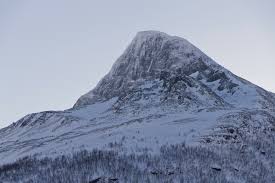


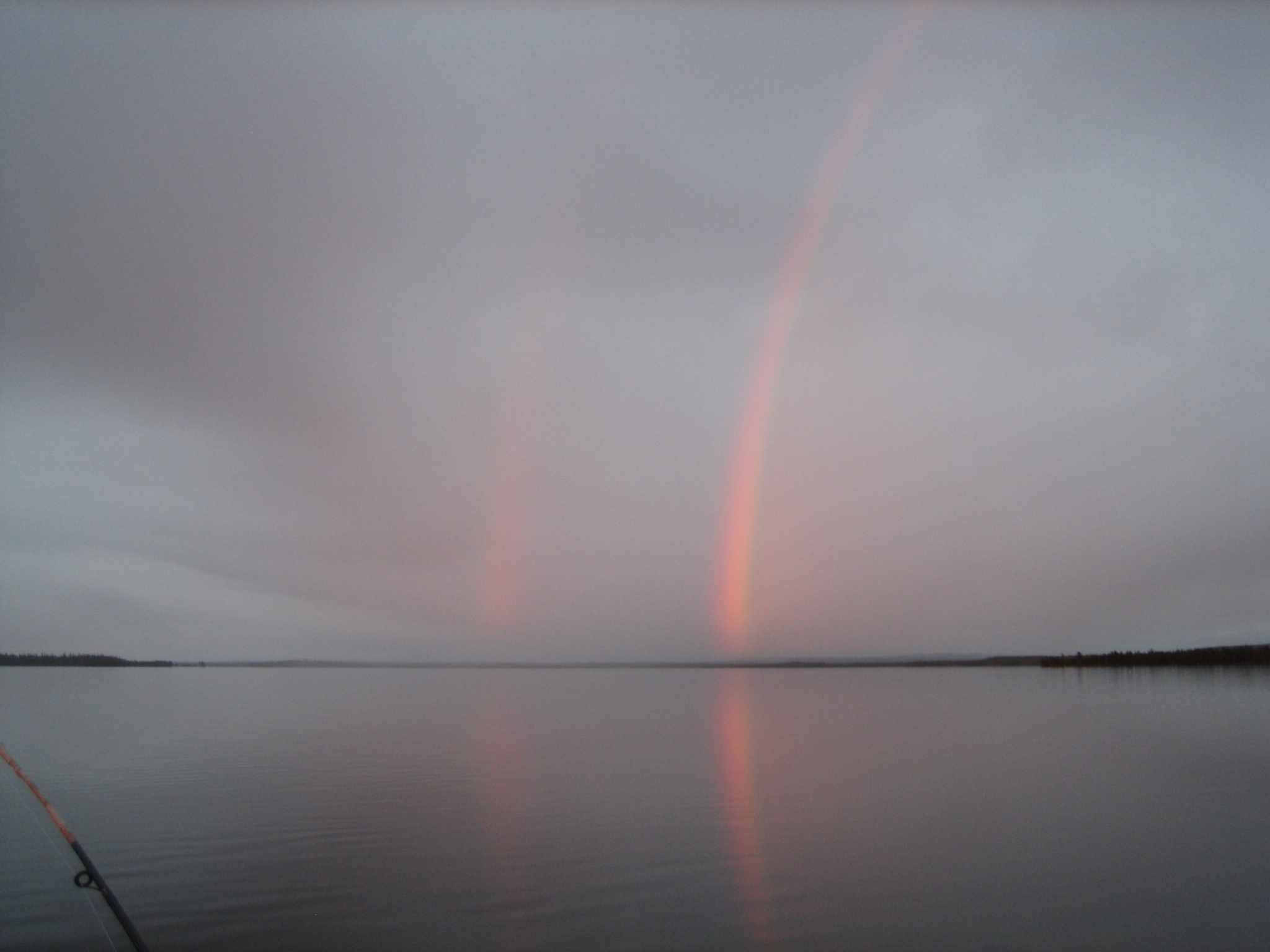



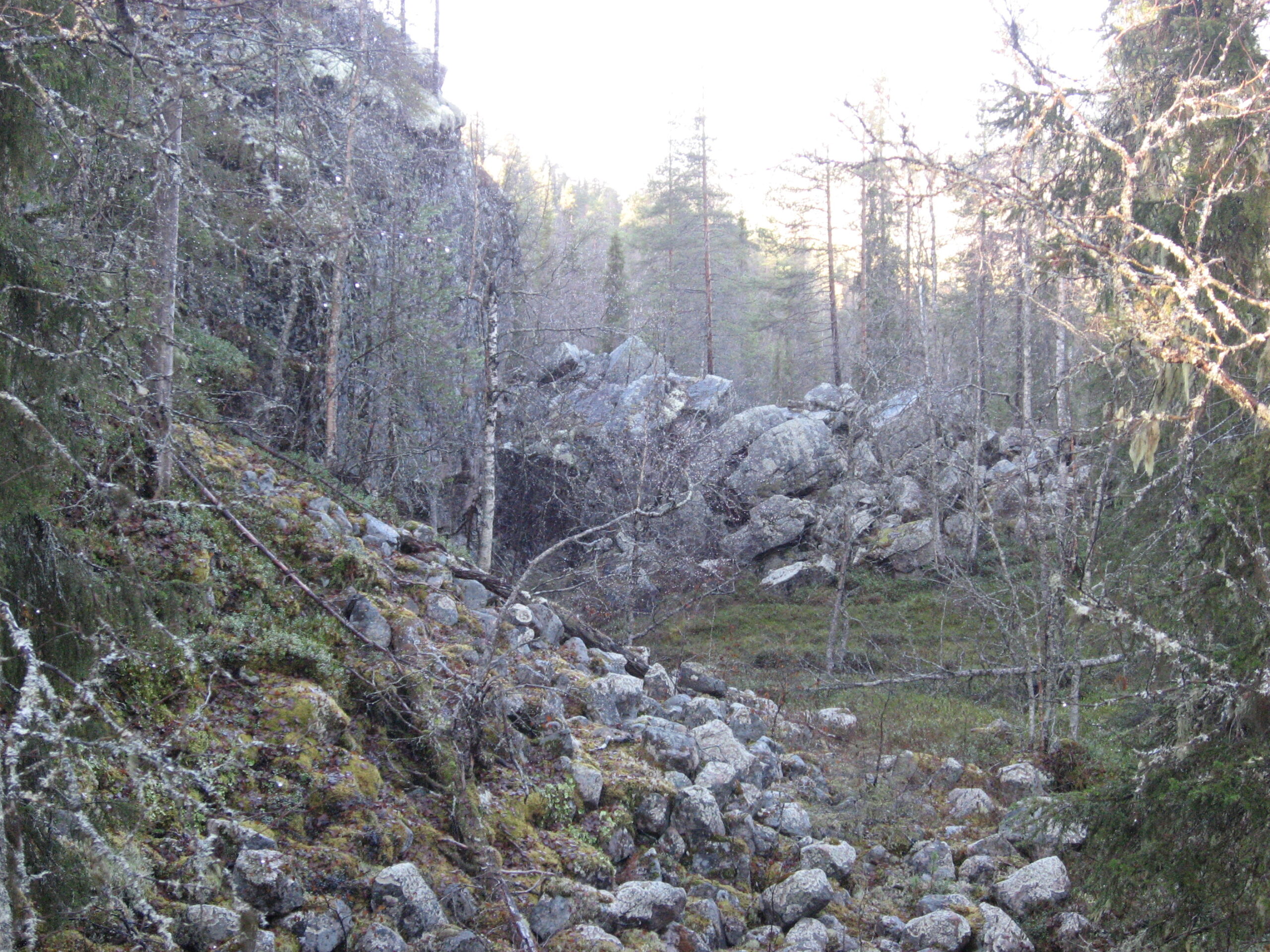
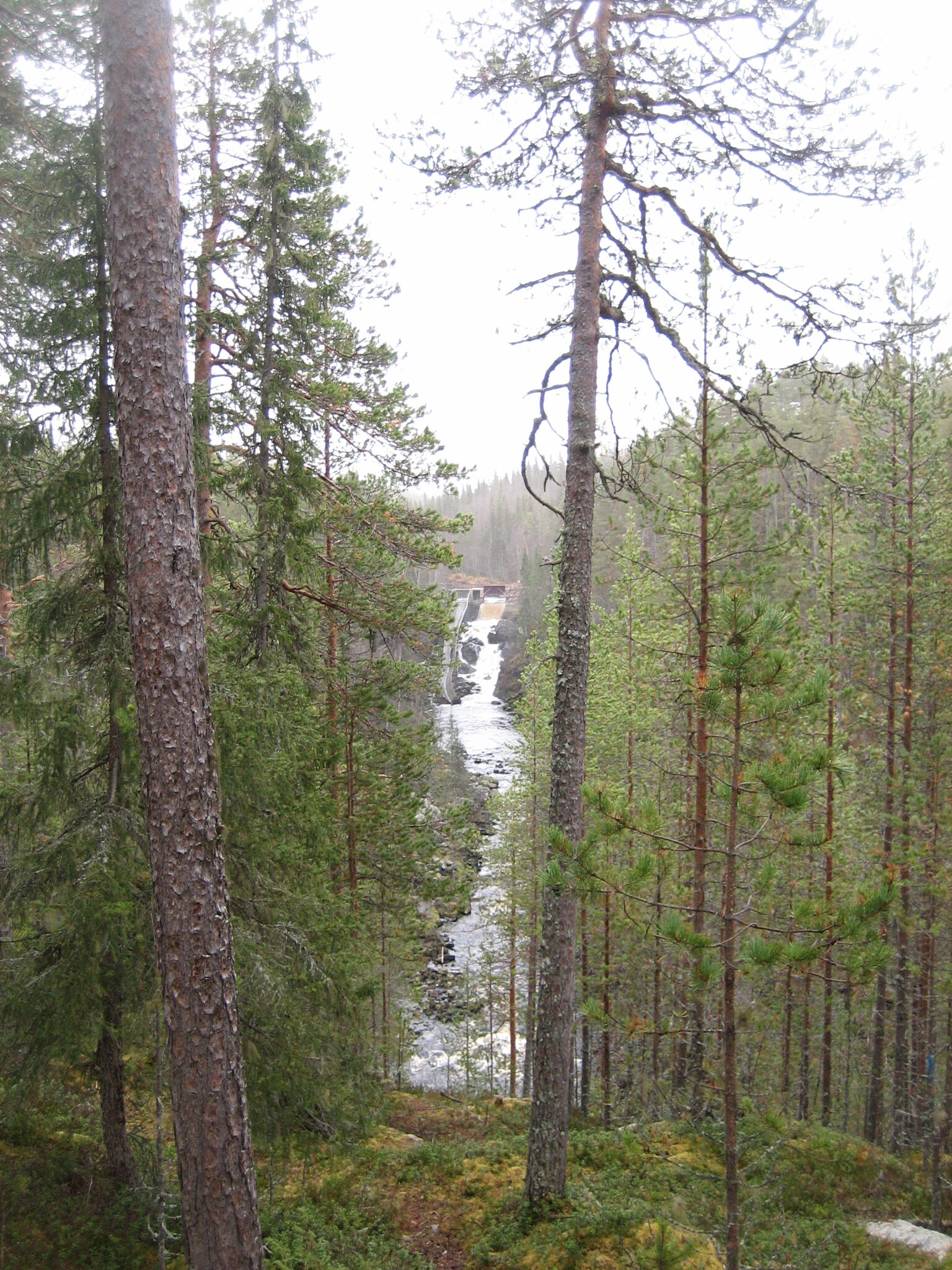


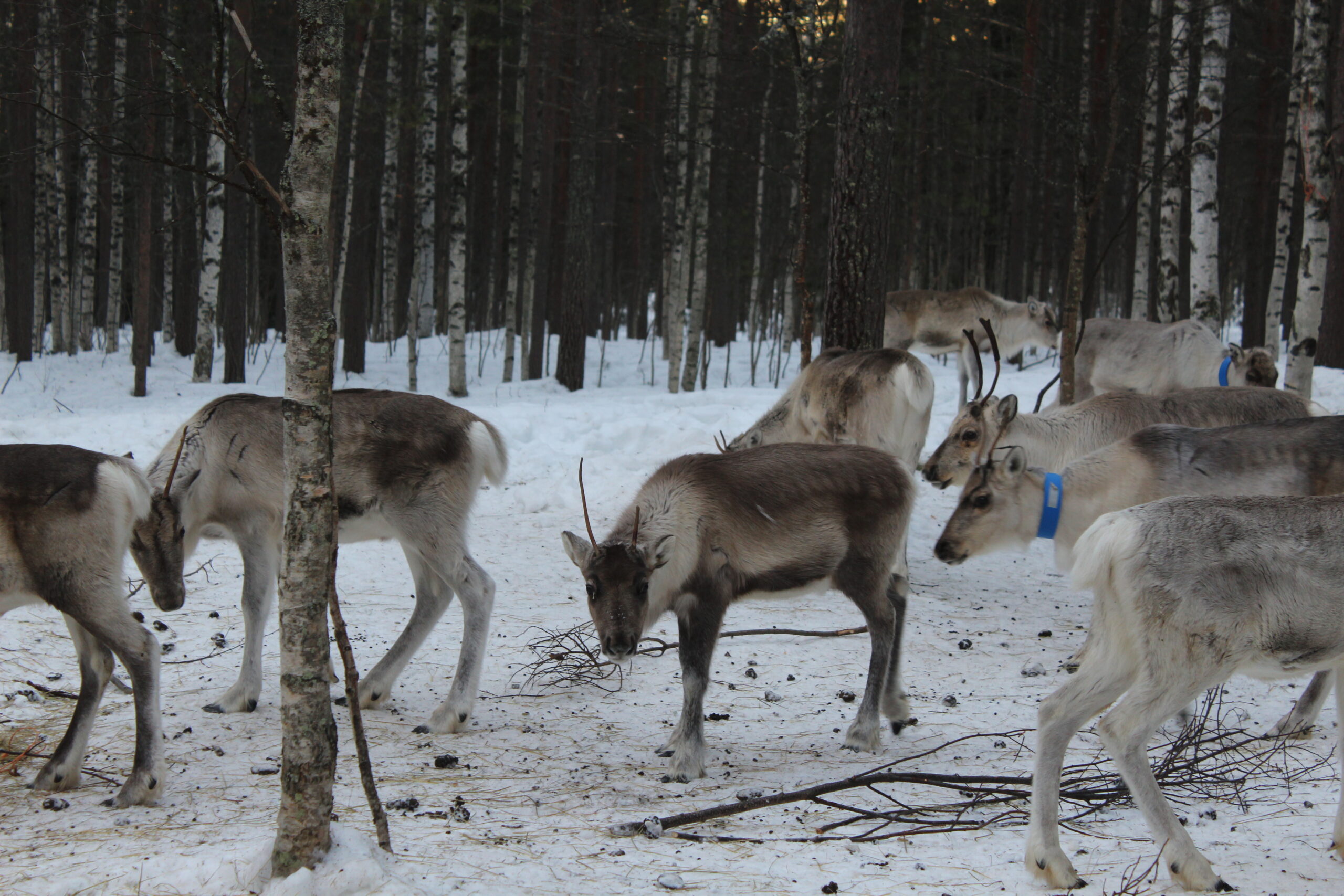



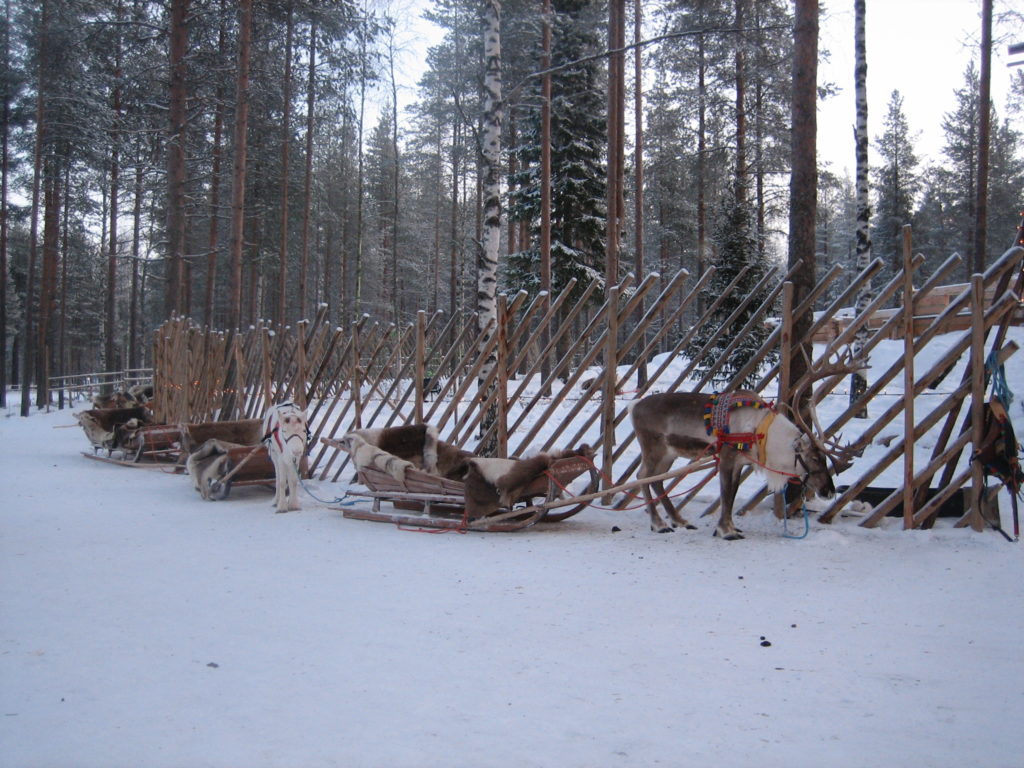
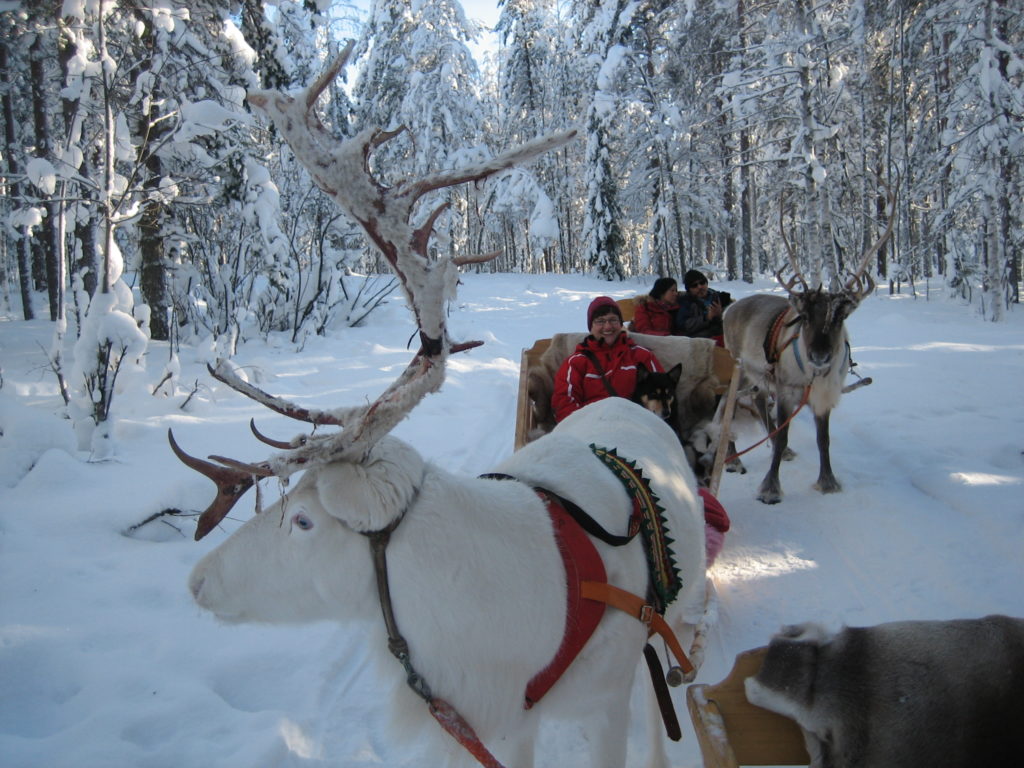
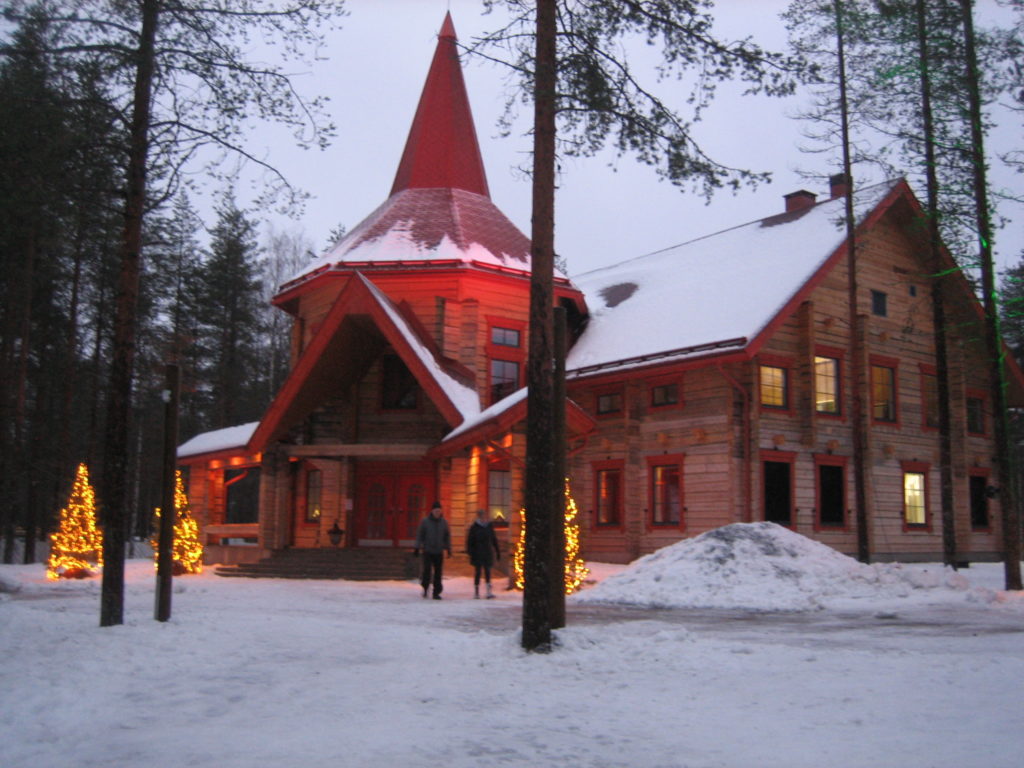
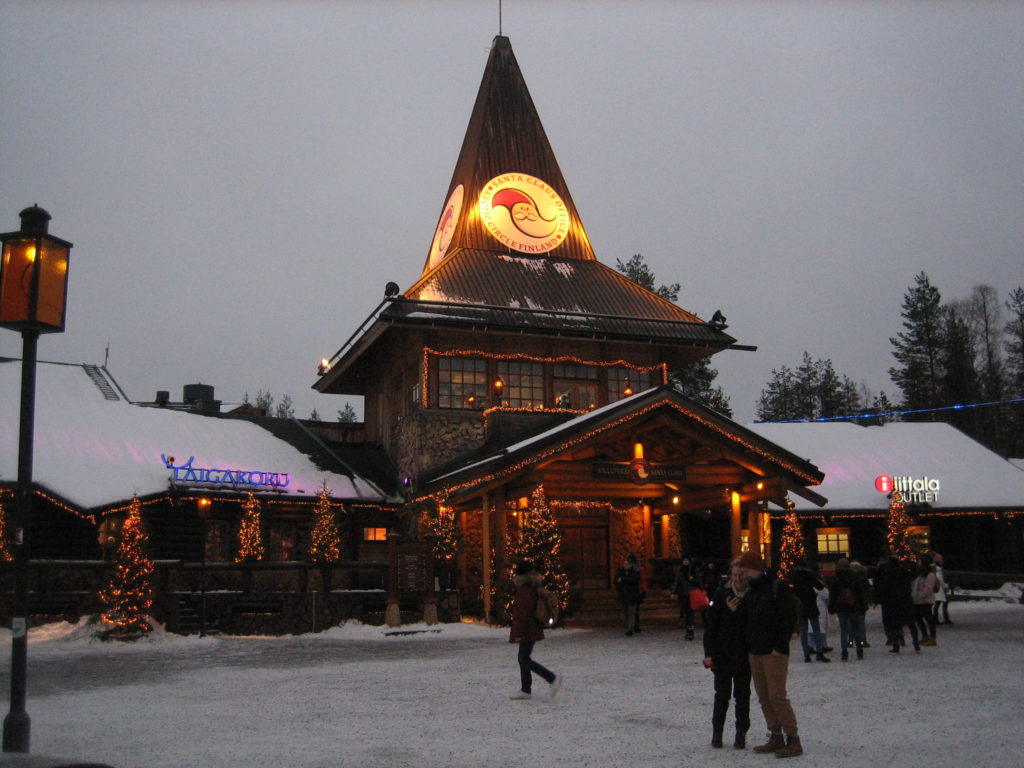
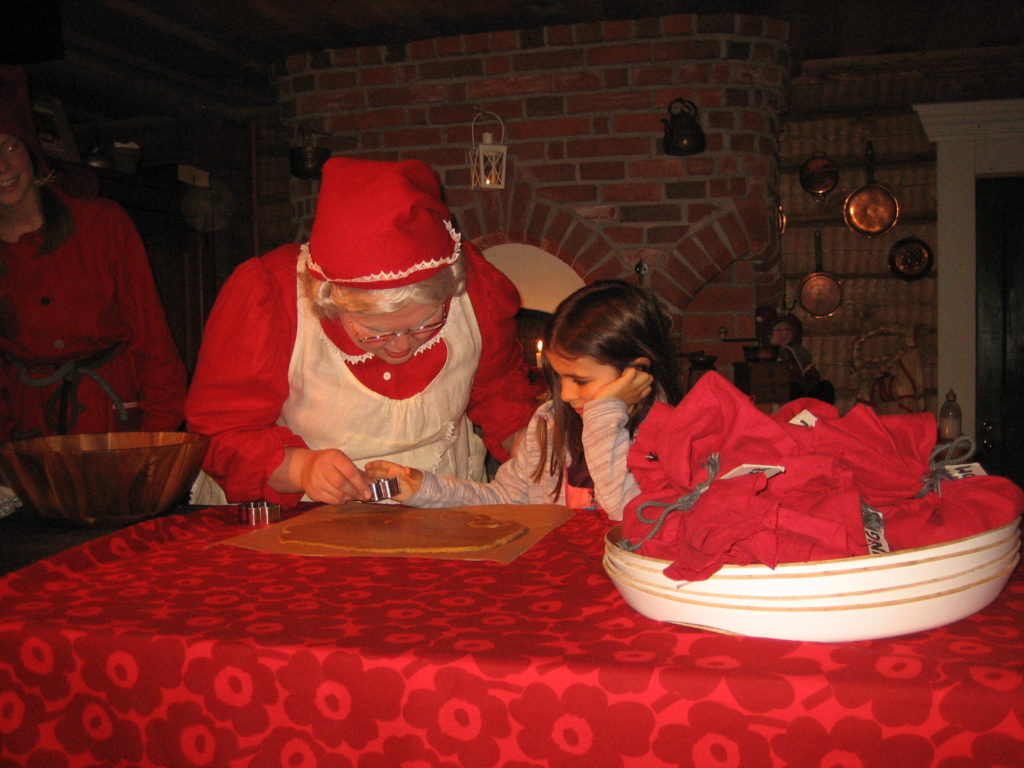
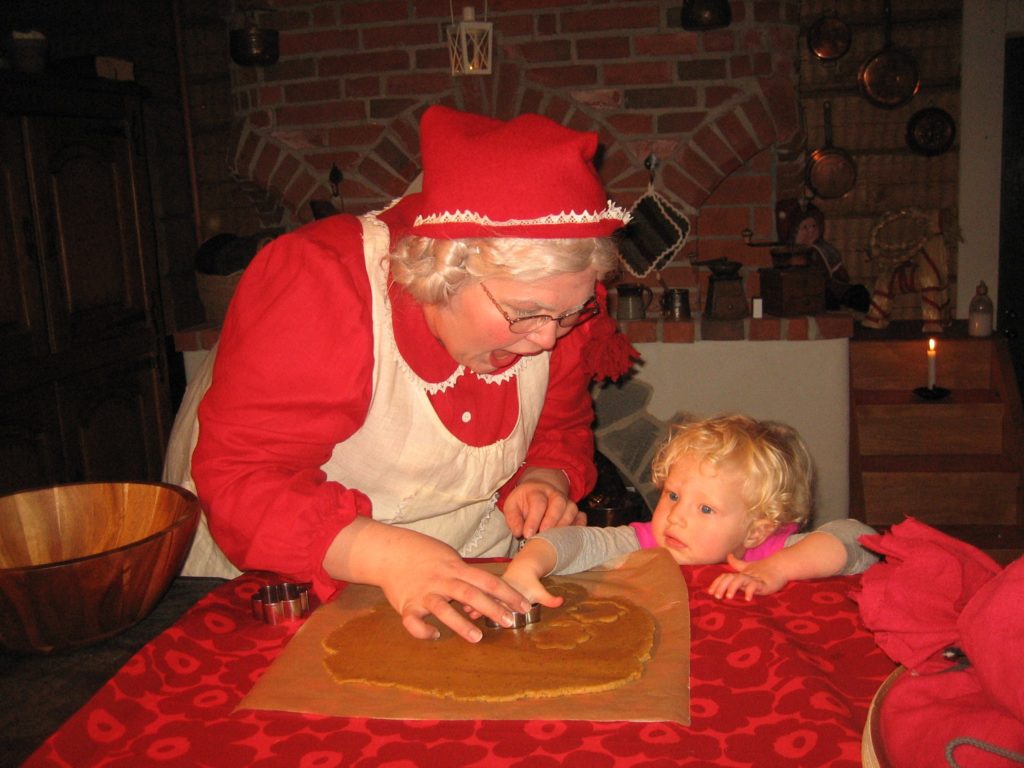
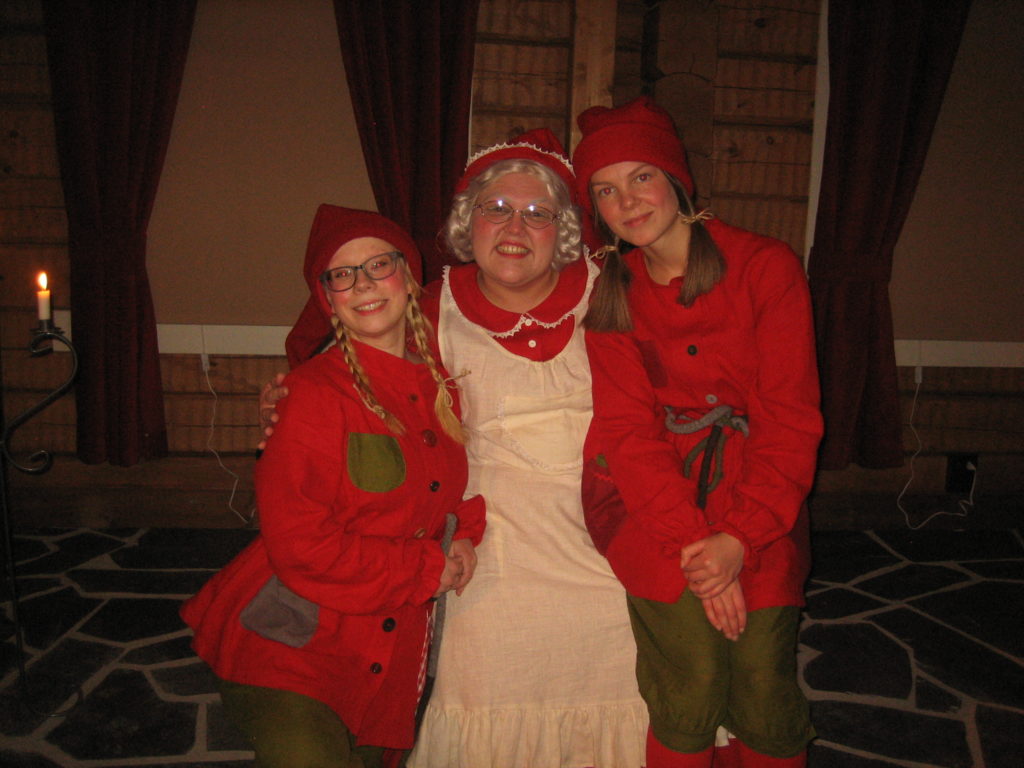


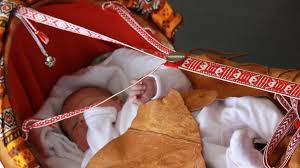
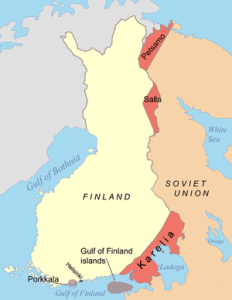
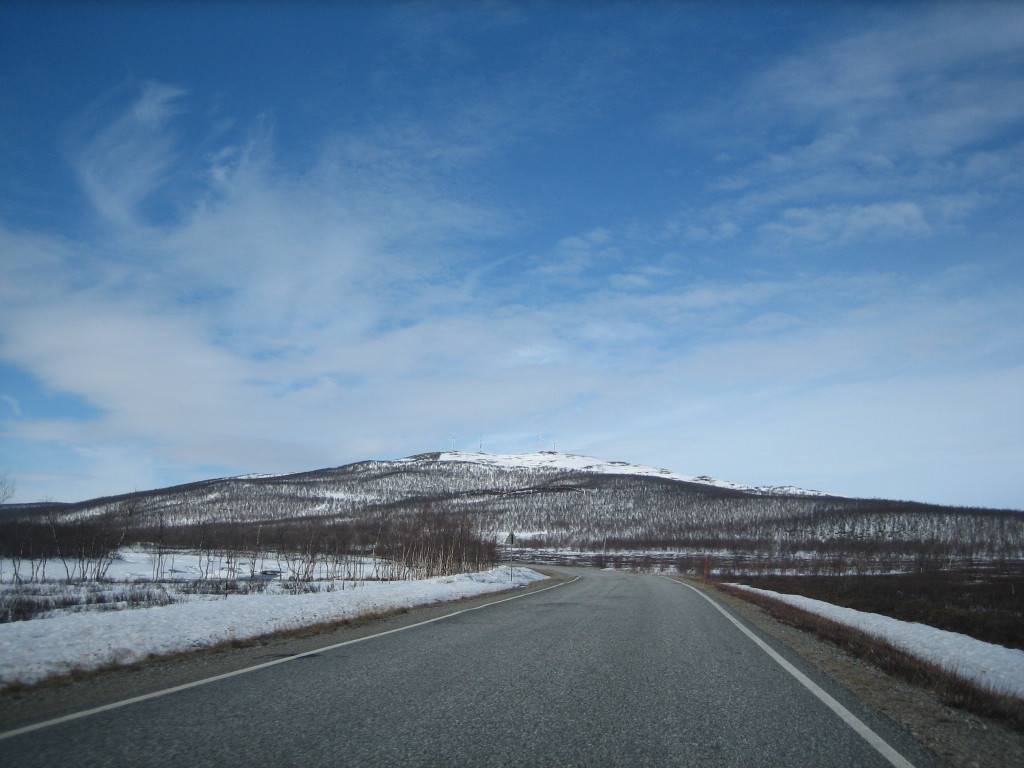
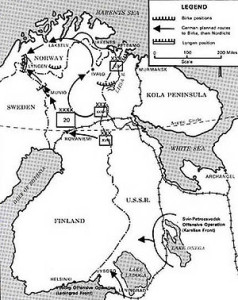




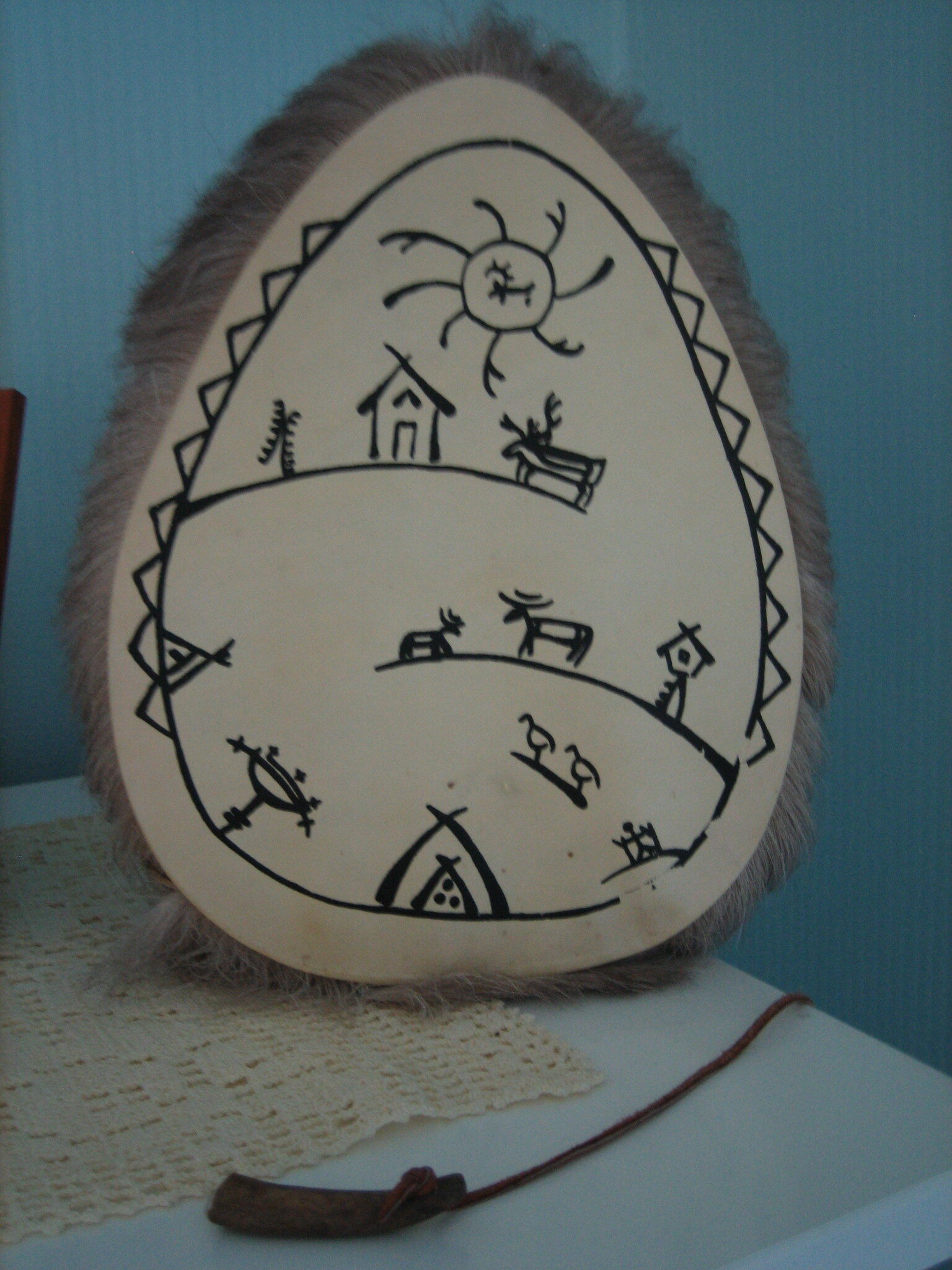
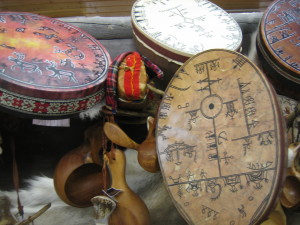









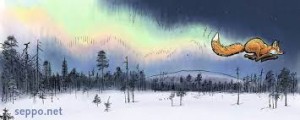

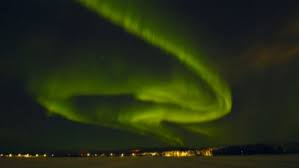
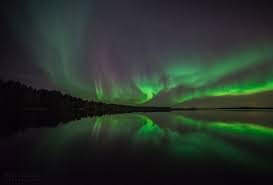

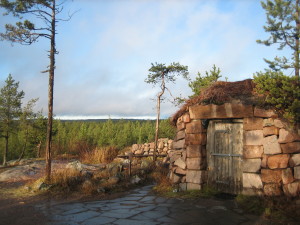
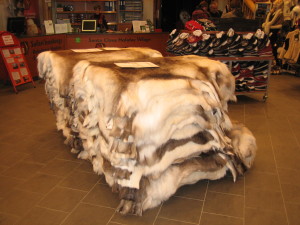
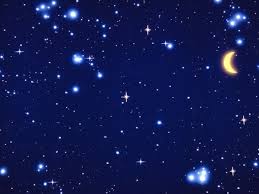


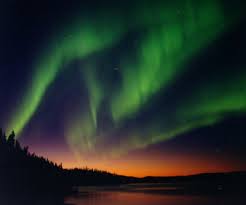
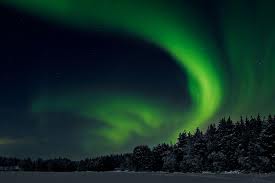
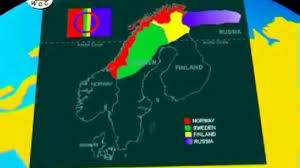



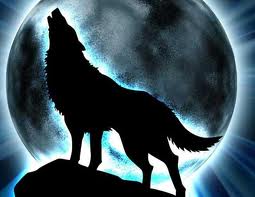
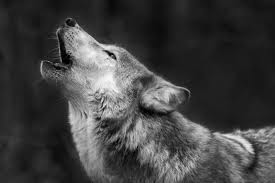
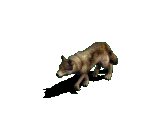 hey mainly move around during the twilight hours and they can move over distances of tens of kilometers in a single day. An old traditional story tells that a wolf could move over nine treeless bogs (valleys) in one night. In a pack only the dominant alpha pair actually breed, but the pack help to raise the cubs. Three to six cubs are born to a pack each year. Females become sexually mature at the age of about two years, while males typically mature a year later. Wolves mate in February or March, and their cubs are born a couple of months later. Cubs usually leave the pack at the age of 1-2 years. They go far away from their birthplace searching for a mate and a territory of their own.
hey mainly move around during the twilight hours and they can move over distances of tens of kilometers in a single day. An old traditional story tells that a wolf could move over nine treeless bogs (valleys) in one night. In a pack only the dominant alpha pair actually breed, but the pack help to raise the cubs. Three to six cubs are born to a pack each year. Females become sexually mature at the age of about two years, while males typically mature a year later. Wolves mate in February or March, and their cubs are born a couple of months later. Cubs usually leave the pack at the age of 1-2 years. They go far away from their birthplace searching for a mate and a territory of their own.

 The coat is mainly yellowish-grey, but there are variations. People often mistake big dogs for wolves, and wolves can be most easily distinguished from wolf-like dogs by their slanting eyes – if you come so near you can see the eyes – and the way they hold their tails at a downward angle. Their tracks are very hard to tell apart from dogs’ tracks. Wolves often walk straight, while dogs tend to wander more. The wolves’ footprints are often larger than the footprint of dogs.
The coat is mainly yellowish-grey, but there are variations. People often mistake big dogs for wolves, and wolves can be most easily distinguished from wolf-like dogs by their slanting eyes – if you come so near you can see the eyes – and the way they hold their tails at a downward angle. Their tracks are very hard to tell apart from dogs’ tracks. Wolves often walk straight, while dogs tend to wander more. The wolves’ footprints are often larger than the footprint of dogs.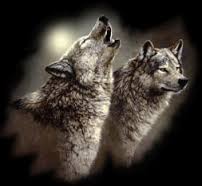 In Finland you can see wolves in
In Finland you can see wolves in 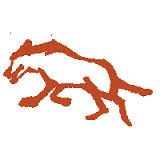

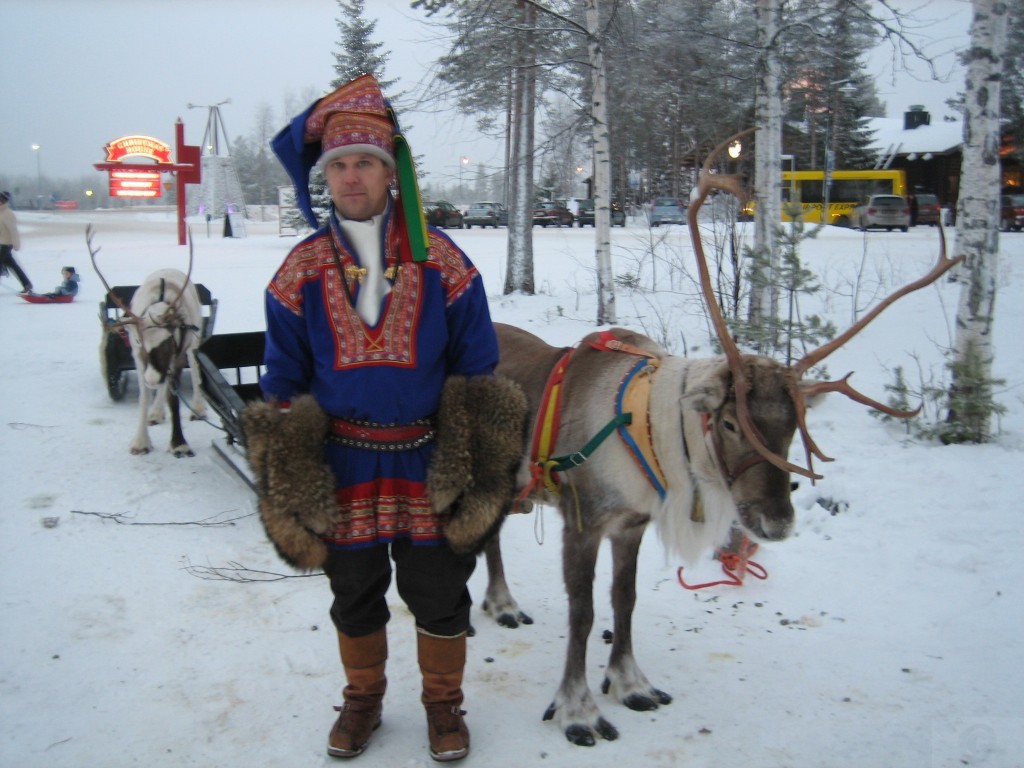
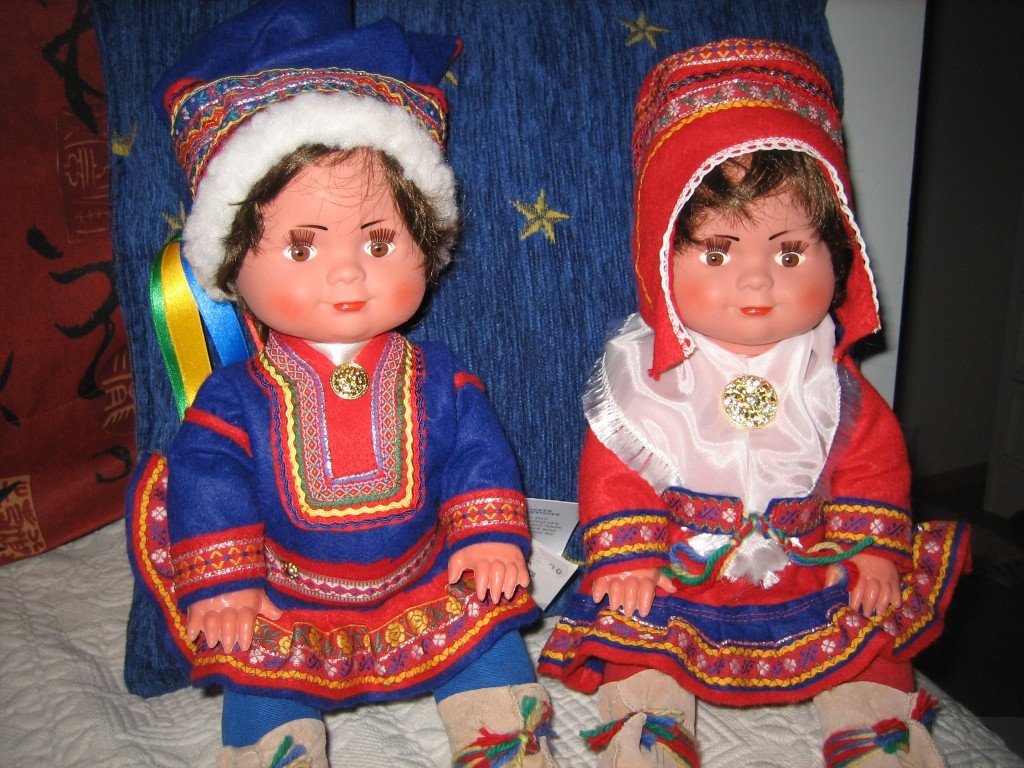
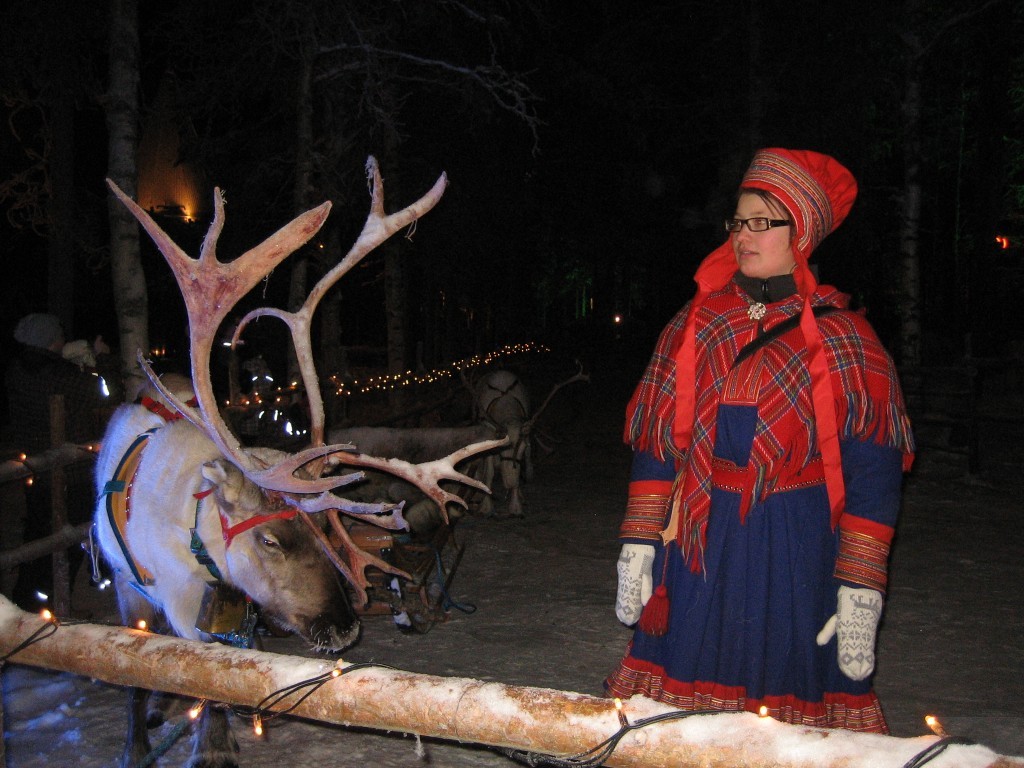
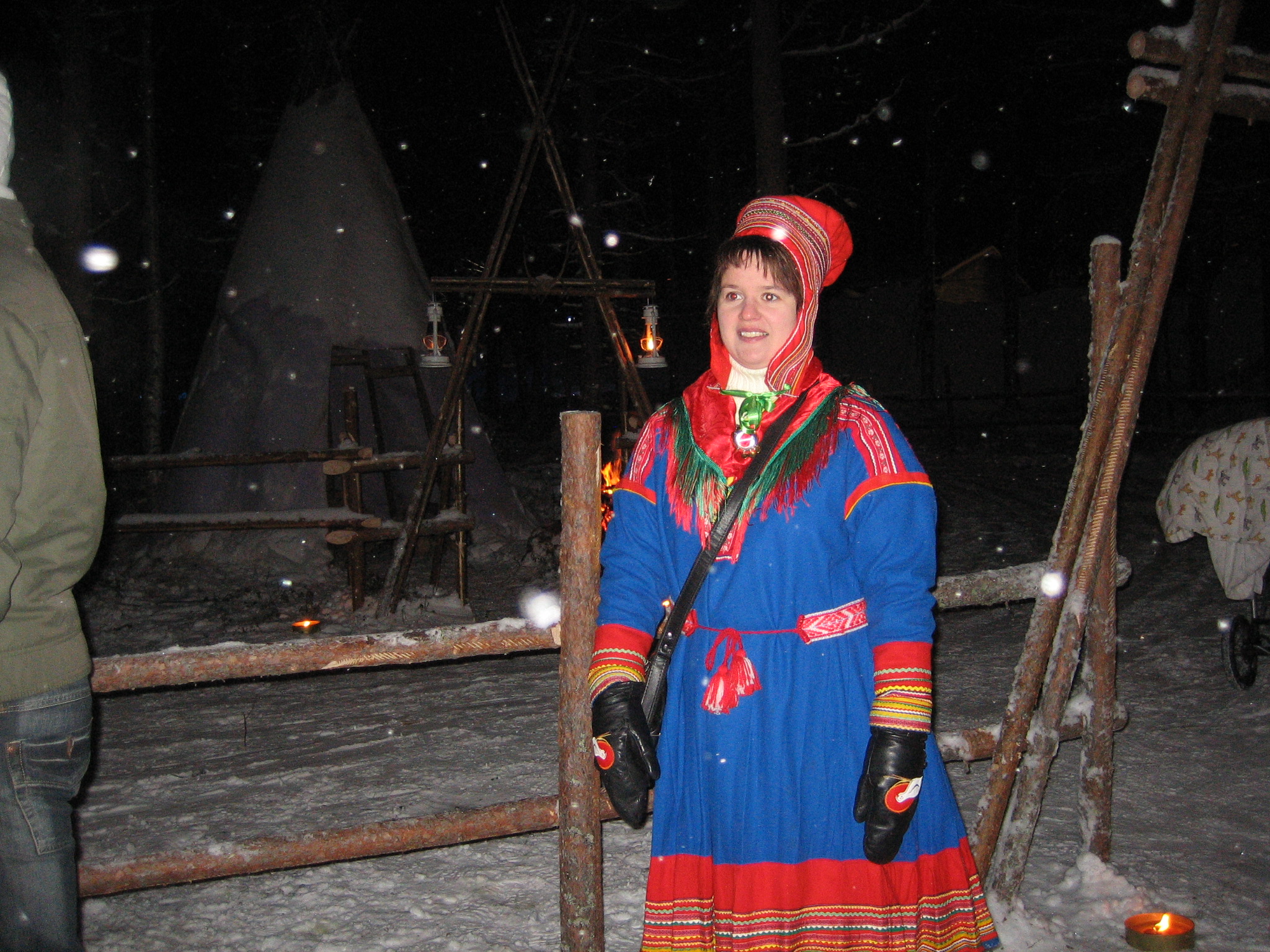
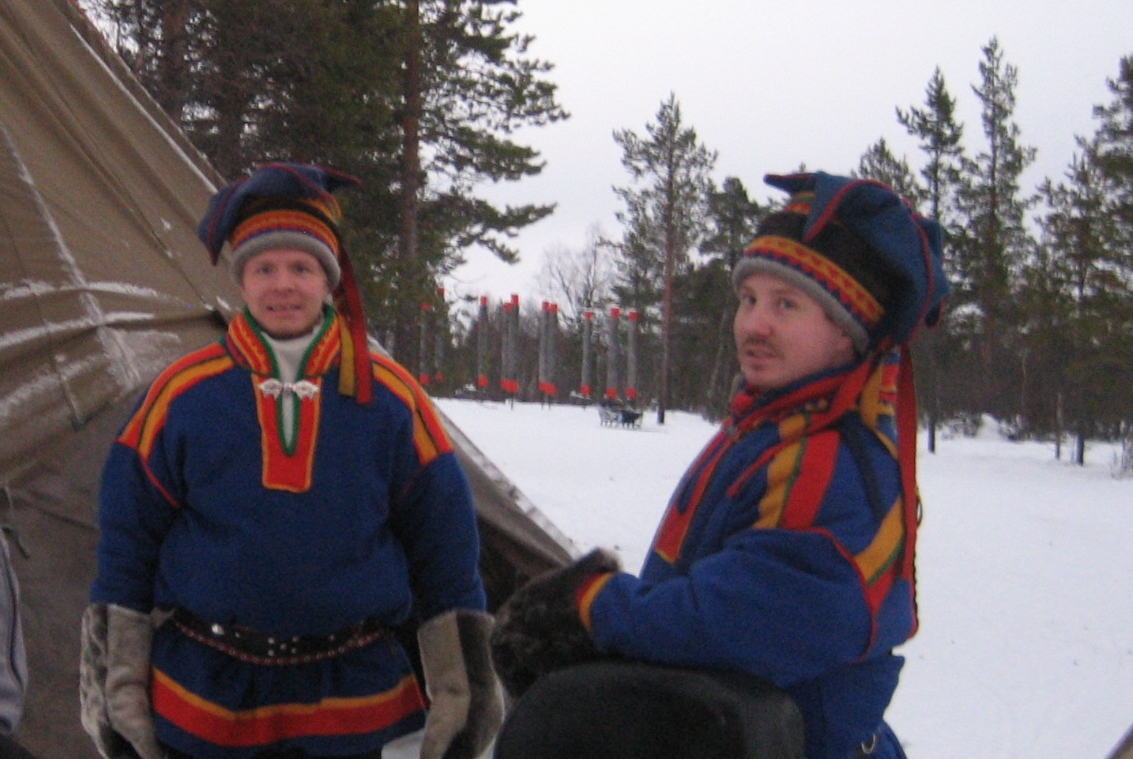
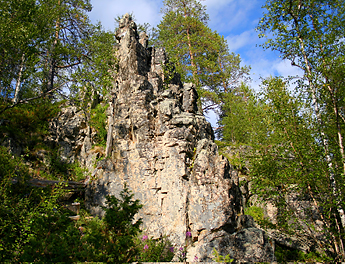








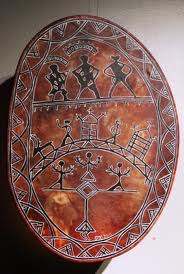
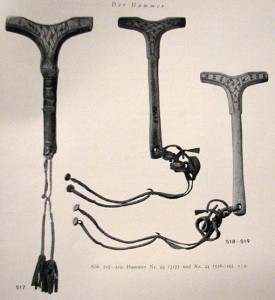
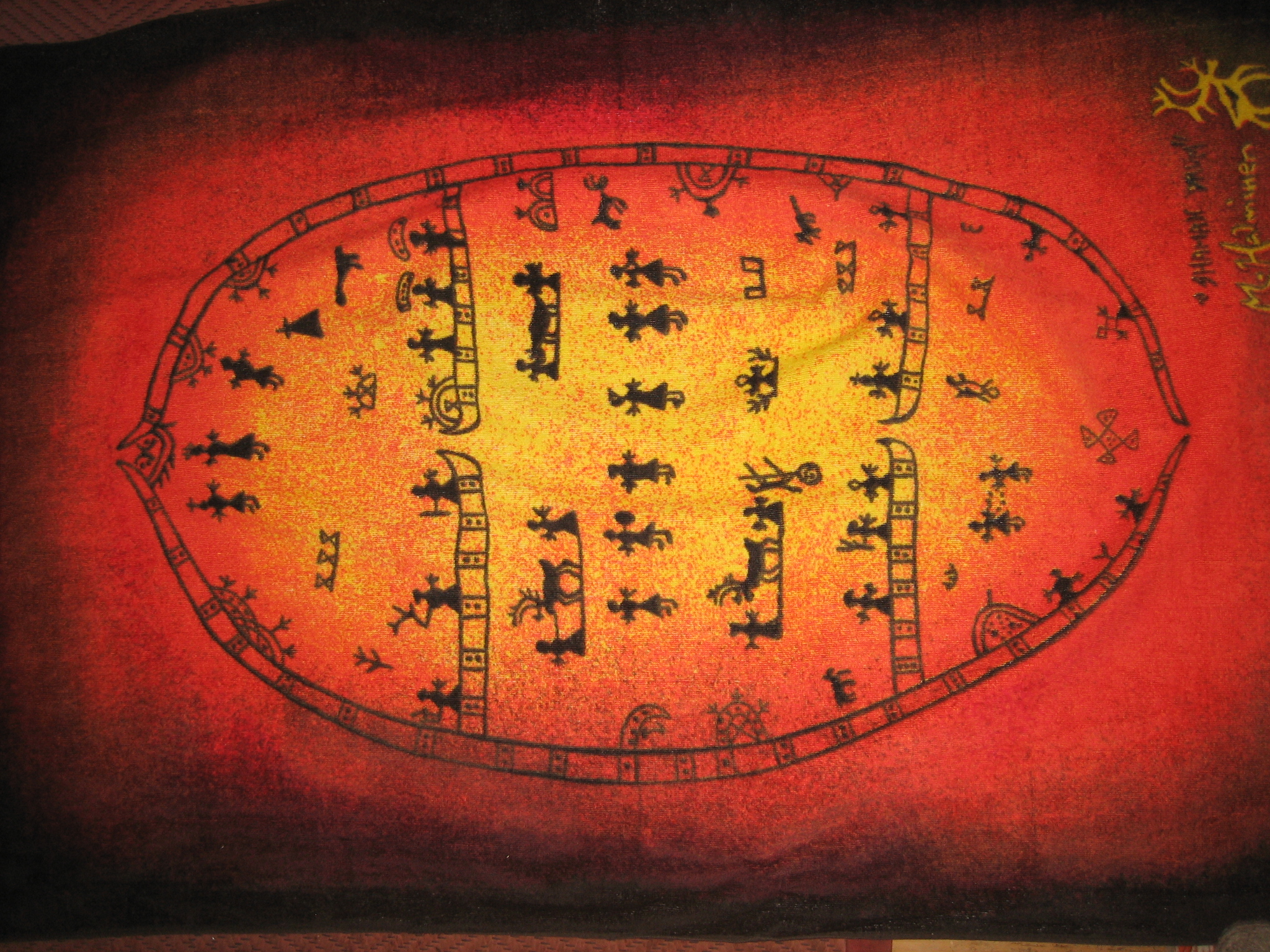


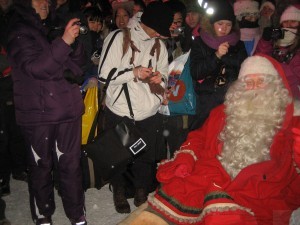

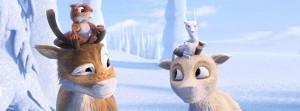
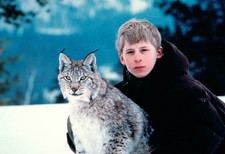
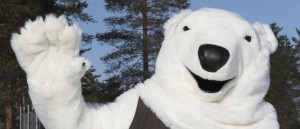


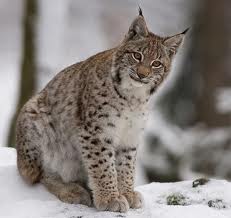
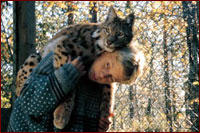
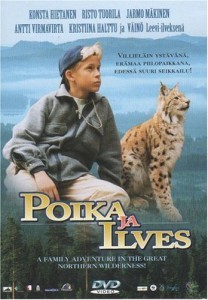


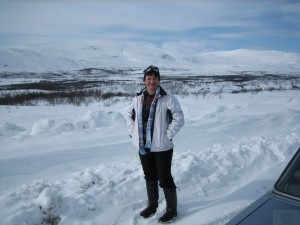
 The name can be translated into English as “Three-Country Cairn”, and is named for the monument of stones erected in 1897 by the governments of Norway and Russia (which was administering Finland at that time). The Swedish could not agree on a boundary commission with the Norwegians and did not bring their stone until 1901. This is Sweden’s most northerly point and it is the westernmost point of the Finnish mainland.
The name can be translated into English as “Three-Country Cairn”, and is named for the monument of stones erected in 1897 by the governments of Norway and Russia (which was administering Finland at that time). The Swedish could not agree on a boundary commission with the Norwegians and did not bring their stone until 1901. This is Sweden’s most northerly point and it is the westernmost point of the Finnish mainland.
